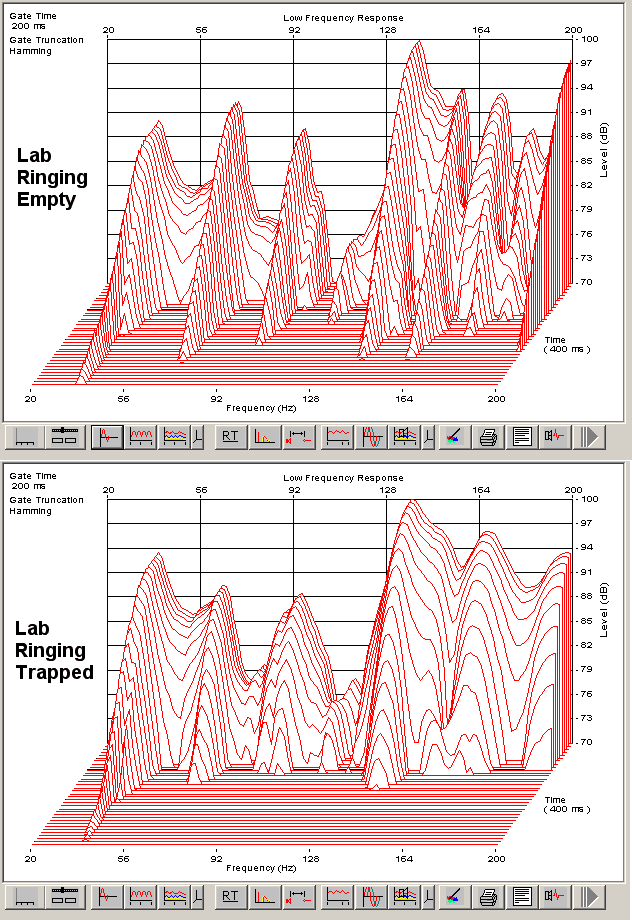great post along with the D'Antonio's brief chronological history of acoustic design approaches (with basic attendant construction) for control rooms and other purpose-built listening rooms...
two things real quick...
...When challenged on why people are doing these things, e.g. getting rid of every reflection, they point to studios doing that. If it is good for them they say, they must definitely be good for listening. And that is where the problem is. Even if studios were better in this regard -- and there is little research that indicates this is so -- creating content is not the same as using it. Much of the practices in studios comes from using speakers with lousy off-axis response. Not what we advocate people to get today....
first - this ^^^ is a great point... as home recording spaces have increased dramatically in the last 20+ years - so has the application of after-market room treatments (well intentioned - but not always well implemented)...
in far too many cases, in the last several years - the stems (l+r sub mixes) I receive from these home facilities are very different from stems received from large commercial studios or scoring stages...
instantly recognizable are stem mixes (because of too much top-end attenuation in these rooms) with exaggerated top-end (compensating for the defect - oops!)... to make a point - it's symptomatic, it seems, of the over use of 'room treatments'... (it's also annoying to me, but that's my problem)...
in many cases I don't say anything, unless I have a personal relationship with the studio owner... hopefully they are recording/tracking flat - but who knows?... if not, the mastering engineer will know (long after the damage is done)...
...what you state is the old understanding of acoustics. Much has changed in our understanding today. You reference RPG products. Here is what Dr. D'Antonio has to say about history of room acoustics:
second great point ^^^ - yes the change has been dramatic over the last five decades... reflections are NOT the devil... the control room I'm in today (twenty+ years old) has an RT60 appx 50% greater than the first ctrl room I had built over forty years ago in L.A... I may be the only guy that 'added' reflective treatments to a ctrl room (in the early 90s to that first ctrl room)...
and just an impression - both ctrl rooms seemed more live than I expected after each one was constructed - a good pro acoustics firm is a valuable asset...


